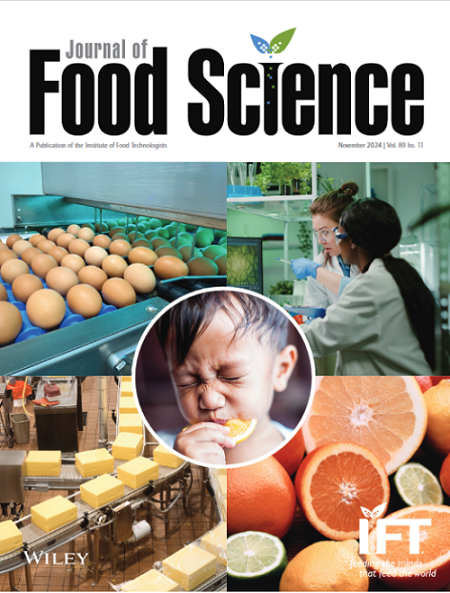Latic acid fermentation is an effective way to release the bound phenolic acids from grains dietary fiber to improve the biological effects in vivo. Previous analysis of whole genome sequencing and comparative proteomics has revealed that a sulfatase named LPMS in Lactiplantibacillus plantarum dy-1 (L. plantarum dy-1) was the potential key enzyme in promoting the release of bound phenol from barley bran dietary fiber. In this present study, we utilized gene editing technology to modify dy-1 to verify the key role of LPMS in releasing the bond phenolic acids during dy-1 fermentation. Results showed that lpms knockout and overexpression strains (dy-1-∆LPMS and dy-1-OELPMS) were successfully constructed, evidenced by the lpms gene level and sequencing. lpms editing delayed the exponential period of dy-1 growth but had little effect on the stable period. Fermented barley bran dietary fiber (FBDF) by dy-1, dy-1-∆LPMS, and dy-1-OELPMS demonstrated lower molecular weight, rougher surface morphology, looser microstructure, and decreased crystallinity, among which dy-1-∆LPMS showed the least influence. Confocal laser scanning microscope results illustrated that the colocalization between bound phenolic acids and dietary fibers was more apparent under dy-1-ΔLPMS fermentation. Furthermore, knockout of lpms significantly declined the release of bond phenolic acids, especially for the hydroxybenzoic acid derivatives, resulting in the lower antioxidant capacities (p < 0.05). In all, we confirmed that the sulfatase LPMS in L. plantarum dy-1 played great part in releasing the bond phenolic acids from barley bran dietary fiber, therefore improving the bioactivity of released phenolic acids.
This study confirmed the sulfatase LPMS in L. plantarum dy-1 played key role in releasing the bond phenolic acids during fermentation of barley bran dietary fiber. In the future, heterologously expressed LPMSs have great potential applications in the brewing and feed industries, among others, which could increase the nutritional and commercial value of byproducts.


